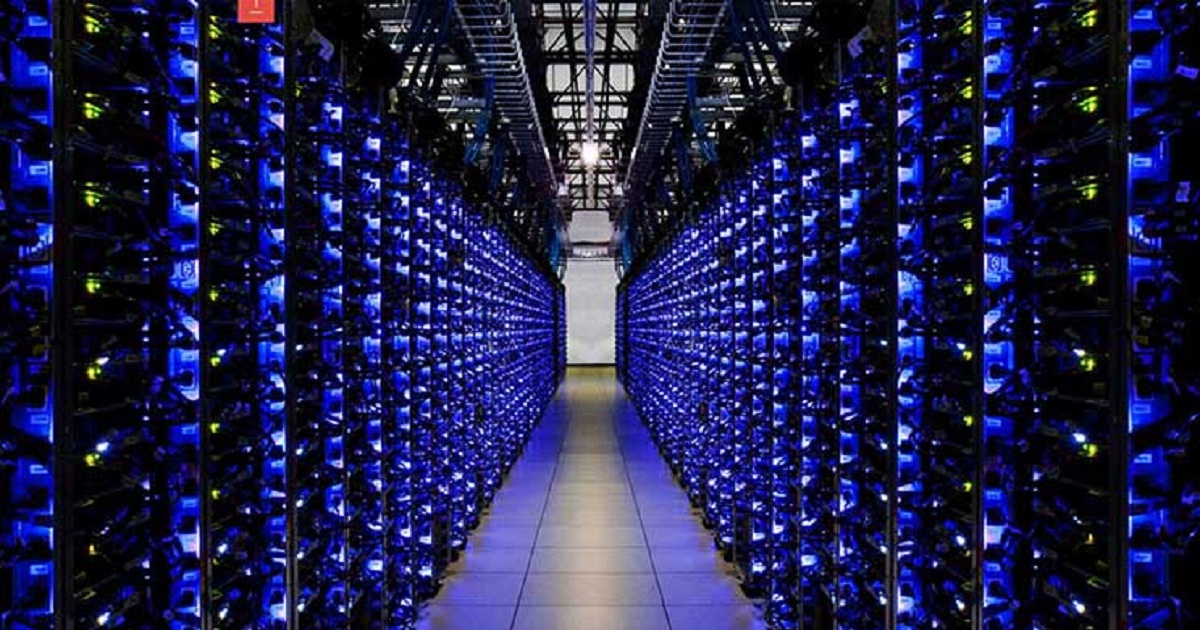
Hyper-Converged Infrastructure, IT Systems Management
Article | September 14, 2023
Every business or organization has spent a lot of time and energy building its network infrastructure. The right resources have taken countless hours to establish, ensuring that their network offers connectivity, operation, management, and communication. Their complex hardware, software, service architecture, and strategies are all working for optimum and dependable use.
Setting up a security strategy for your network requires ongoing, consistent work. Therefore, the first step in implementing a security technique is to do so. The underlying architecture of your network should consider a range of implementation, upkeep, and continuous active procedures.
Network infrastructure security requires a comprehensive strategy that includes best practices and continuing procedures to guarantee that the underlying infrastructure is always safe. A company's choice of security measures is determined by:
Appropriate legal requirements
Rules unique to the industry
The specific network and security needs
Security for network infrastructure has numerous significant advantages. For example, a business or institution can cut expenses, boost output, secure internal communications, and guarantee the security of sensitive data.
Hardware, software, and services are vital, but they could all have flaws that unintentional or intentional acts could take advantage of. Security for network infrastructure is intended to provide sophisticated, comprehensive resources for defense against internal and external threats. Infrastructures are susceptible to assaults like denial-of-service, ransomware, spam, and illegal access.
Implementing and maintaining a workable security plan for your network architecture can be challenging and time-consuming. Experts can help with this crucial and continuous process. A robust infrastructure lowers operational costs, boosts output, and protects sensitive data from hackers. While no security measure will be able to prevent all attack attempts, network infrastructure security can help you lessen the effects of a cyberattack and guarantee that your business is back up and running as soon as feasible.
Read More

Application Infrastructure, Application Storage
Article | July 19, 2023
Data science and big data analytics have become the new must-haves for businesses across many industries. Gone are the days when algorithm development and large-scale data mining were confined to Silicon Valley. In the modern, tech-savvy age, it’s almost an afterthought that banks, insurance brokerages, healthcare entities, and other non-tech-sector companies seek to be “the next Apple/Google/Amazon” or whatever tech behemoth completes the C-suite’s bromide. This is true not just in word, but in deed.
Read More

Hyper-Converged Infrastructure
Article | October 3, 2023
COVID-19 has altered our world. In this series of stories, Data Center Frontier explores the strategic challenges the pandemic presents for the data center and cloud computing sectors as we navigate this complex new landscape. We begin with a look at how COVID-19 is impacting demand for digital infrastructure. The COVID-19 Coronavirus pandemic has reinforced the importance of data centers and cloud computing for our society. In the early days of the crisis, the data center
Read More

Application Infrastructure
Article | June 6, 2022
Introduction
It is hard to manage a modern firm without a convenient and adaptable IT infrastructure. When properly set up and networked, technology can improve back-office processes, increase efficiency, and simplify communication. IT infrastructure can be utilized to supply services or resources both within and outside of a company, as well as to its customers. IT infrastructure when adequately deployed aids organizations in achieving their objectives and increasing profits.
IT infrastructure is made up of numerous components that must be integrated for your company's infrastructure to be coherent and functional. These components work in unison to guarantee that your systems and business as a whole run smoothly.
Enterprise IT Infrastructure Trends
Consumption-based pricing models are becoming more popular among enterprise purchasers, a trend that began with software and has now spread to hardware. This transition from capital to operational spending lowers risk, frees up capital, and improves flexibility. As a result, infrastructure as a service (IaaS) and platform as a service (PaaS) revenues increased by 53% from 2015 to 2016, making them the fastest-growing cloud and infrastructure services segments. The transition to as-a-service models is significant given that a unit of computing or storage in the cloud can be quite cheaper in terms of the total cost of ownership than a unit on-premises.
While businesses have been migrating their workloads to the public cloud for years, there has been a new shift among large corporations. Many companies, including Capital One, GE, Netflix, Time Inc., and others, have downsized or removed their private data centers in favor of shifting their operations to the cloud.
Cybersecurity remains a high priority for the C-suite and the board of directors. Attacks are increasing in number and complexity across all industries, with 80% of technology executives indicating that their companies are unable to construct a robust response. Due to lack of cybersecurity experts, many companies can’t get the skills they need on the inside, so they have to use managed security services.
Future of Enterprise IT Infrastructure
Companies can adopt the 'As-a-Service' model to lower entry barriers and begin testing future innovations on the cloud's basis. Domain specialists in areas like healthcare and manufacturing may harness AI's potential to solve some of their businesses' most pressing problems.
Whether in a single cloud or across several clouds, businesses want an architecture that can expand to support the rapid evolution of their apps and industry for decades. For enterprise-class visibility and control across all clouds, the architecture must provide a common control plane that supports native cloud Application Programming Interfaces (APIs) as well as enhanced networking and security features.
Conclusion
The scale of disruption in the IT infrastructure sector is unparalleled, presenting enormous opportunities and hazards for industry stakeholders and their customers. Technology infrastructure executives must restructure their portfolios and rethink their go-to-market strategies to drive growth. They should also invest in the foundational competencies required for long-term success, such as digitization, analytics, and agile development.
Data center companies that can solve the industry's challenges, as well as service providers that can scale quickly without limits and provide intelligent outcome-based models. This helps their clients achieve their business objectives through a portfolio of 'As-a-Service' models, will have a bright future.
Read More